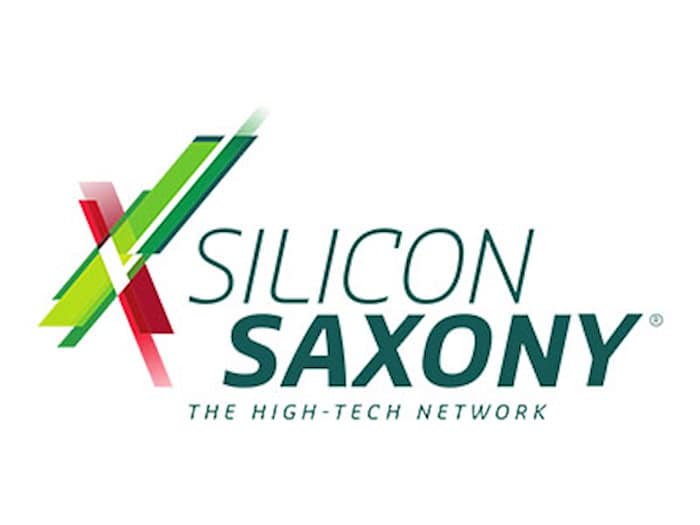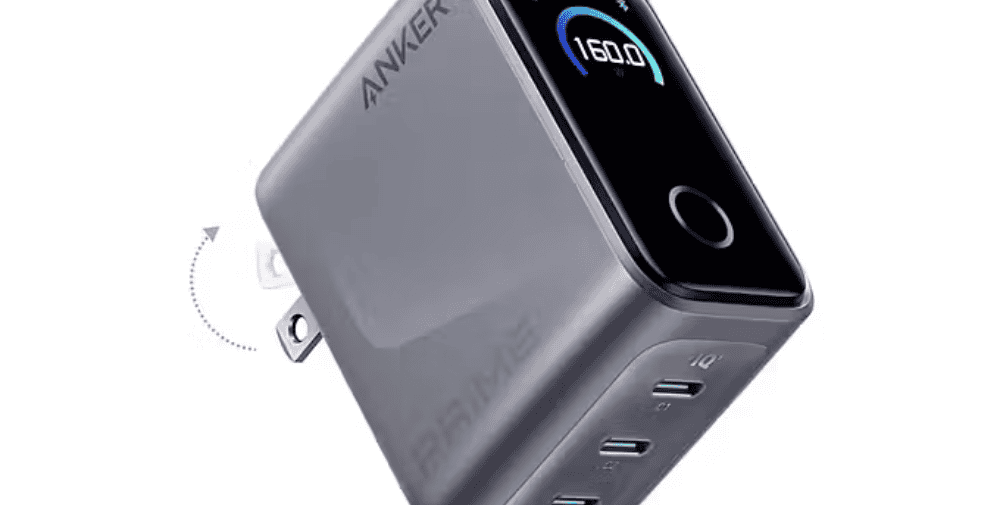
When the EU Chips Act was passed with great fanfare in Europe’s control center Brussels in September 2023, there was great enthusiasm. Billions of euros in subsidies were to flow into microelectronics. Into a sector that was painfully demonstrating its global importance as a key industry for the first time during the coronavirus pandemic. At the time, it became a bottleneck for numerous industries – especially for the German automotive sector. Never again should Europe’s economic driving forces be slowed down by a shortage of semiconductors – the colloquial term for chips. To this end, the EU diverted a modest 11 billion euros from other funding pots and dedicated them to the new EU Chips Act. The EU member states and the industry itself were to raise a further 32 billion euros in order to achieve an ambitious goal – to increase the international market share of microelectronic chips manufactured in Europe from ten to 20 percent. The fact that at the same time the USA (54 billion euros), China (150 billion euros) and Korea (452 billion euros) were investing insane sums in the expansion of their microelectronics expertise seemed nothing more than an annoying side note.
33 of the 48 EU Chips Act billions planned for Germany are currently not being spent
At least in Germany, as only one of the 27 member states in total, there was a lot of hard work in the run-up to the EU Chips Act, regardless of this international situation. The German government boldly made €20 billion available. The relocations and location decisions announced shortly afterwards by Intel (location: Magdeburg; project costs: €30 billion), Infineon (Dresden; €5 billion), ZF/Wolfspeed (Ensdorf; €3 billion) and a consortium of Taiwan Semiconductor Manufacturing Company, NXP, Infineon and Bosch (Dresden; €10 billion) made people sit up and take notice. If the rest of Europe were to invest and promote with similar ambition, a lot would be possible even internationally, experts agreed at the time.
One year later, this dream seems to be over. While new semiconductor projects are only sporadically appearing on the map in the rest of Europe, such as Onsemi’s involvement in the Czech Republic and the expansion of the Infineon site in Austria, two of the four EU Chips Act projects in Germany are currently on ice. First Intel postponed the start of construction of its €30 billion Gigafab in Magdeburg and asked for patience for at least another two years. A few days ago, the German automotive supplier ZF and the American semiconductor company Wolfspeed finally terminated their joint plans. Here too – despite ZF’s complete withdrawal – it is currently assumed that the project will be postponed by at least two years. Whether both Intel and Wolfspeed will pursue their original plans at all in the future is highly uncertain. Either way, 33 of the originally planned 48 Act billions chips will not be installed in Germany for the time being. With corresponding consequences for the originally ambitious EU plans. Realistically, it will not be possible to increase the European market share from ten to twenty percent in the short to medium term on this basis. Instead, Europe will continue to lose important market shares to Asia and the USA.
A highly cyclical industry is struggling with the sharpest downturn since 2009/2010
The fact that both Intel and Wolfspeed are currently putting the brakes on their business has a lot to do with the two companies themselves, but also with past and current market developments. The semiconductor bottleneck caused by coronavirus and the simultaneous downturn in the sector until the end of 2020 led to rapid growth in the market. This peaked in March 2022. However, by 2023, the year of the EU Chips Act, the market situation had cooled significantly again, even though the hype surrounding the industry continued. A phase of strong demand was now followed by a phase of overproduction. Nothing unusual for the semiconductor industry. Since the late 1990s, the needs of the market have alternated periodically – usually at intervals of between 30 and 50 months (from market peak to market peak). For example, the years 2008 to 2010 were extremely challenging for the semiconductor sector. Even then, the semiconductor market was in a downturn and some microelectronics companies were struggling with their profitability. In Silicon Saxony, for example, there was a sensational insolvency. Qimonda, an exciting semiconductor company that specialized in the production of memory chips, disappeared from the microelectronics map in January 2009. Since then, Europe has been completely without its own production facilities in this area. The current downturn in the microelectronics sector is certainly comparable to the situation back then.
Intel and Wolfspeed are undergoing a transformation process – the market is doing little to help
The two central issues of this time, the change in energy supply and the change in the mobility sector, have raised many hopes in the German semiconductor industry. Little of this has materialized so far. Both in the energy and mobility sectors, German and European players are not really making any progress. The automotive sector in particular, which was one of the main reasons for the expansion of the semiconductor sector during the coronavirus years, is struggling with low sales, turnover and therefore dwindling desirability – even in the semiconductor sector. It is undisputed that the automotive sector will fuel the semiconductor industry in the future, especially specialized projects such as the SiC semiconductor production of Infineon, Onsemi or Wolfspeed. After all, an electric car requires twice as many microchips as a combustion engine. However, sales of e-vehicles (especially of German premium brands) are currently stumbling, and with them the need for corresponding semiconductor solutions.
However, we are also currently in less than rosy times for the economy as a whole. Intel, which is not closely linked to either the automotive sector or the energy sector, is lacking external customers in particular. The main business of processor production is weakening. The company is deep in the red and is suffering under pressure from its investors. Wolfspeed and Intel have therefore been engaged in challenging restructuring measures for some time. In addition to extensive redundancies, existing and future locations are also under discussion. It therefore comes as no surprise that both companies, like the ailing automotive supplier ZF, are avoiding investments that are not absolutely necessary despite billions in funding. After all, tens of thousands of jobs are to be cut at all three players in the coming years. Investing in this environment would not only cause a lack of understanding in Germany.
Relocations and site expansions only work in Silicon Saxony
Locating their latest projects in a microelectronic nowhere helped neither Intel nor Wolfspeed, you have to be honest. Magdeburg in the case of Intel or Ensdorf in the case of Wolfspeed are not established semiconductor locations. Setting up new plants here on greenfield sites was a challenge from the outset. Unlike Silicon Saxony, these regions lack important suppliers, structures, experience and, above all, skilled workers. It is therefore hardly surprising that these two bets did not pay off in difficult economic times or caused additional problems. The current situation is different for Infineon and the European Semiconductor Manufacturing Company (ESMC), a consortium of TSMC, Bosch, NXP and Infineon. From the outset, both remaining EU Chips Act projects focused on the largest semiconductor location in Europe and a clear strategy geared towards Europe. While Intel lacks customers in Europe and Wolfspeed is still struggling with the investments it has made to consistently switch to silicon carbide semiconductors, ESMC and Infineon can build on solid economic foundations and the most successful microelectronics location in Europe. In the midst of the market slowdown that has been ongoing since the end of 2022, both companies are currently building up capacities that, according to current forecasts, will be urgently needed from 2025. This is because the semiconductor market is expected to recover significantly by then at the latest and demand for chips is set to rise substantially. A clear strategy and a focus on their own strengths will help both companies to master their chosen path even in challenging times.
Strategy makes the difference – Germany and Europe need new goals
And it is precisely this approach that Germany and Europe must first develop. The EU Chips Act was certainly well thought out. In the end, however, it was unfortunately badly done. In order to expand industrial sectors in a meaningful and targeted way, a clear strategy and coordinated action are required. Money alone could never solve the challenges that semiconductor companies face in a cyclical market environment. It would be desirable for Germany and Europe to further develop and concretize the strategic approaches recently demonstrated, such as the Draghi Report. Strengths and weaknesses need to be clearly identified. Find ways to keep Germany’s and Europe’s industries competitive. Last but not least, we need to move away from solely sector-specific goals such as market share and focus our microelectronics activities more strongly on the user industries. Because only what is available in Europe can be served. Only what is needed will be sold in this country.
A relentless analysis of all economic and industrial sectors and their needs should become the basis for further strategic action in the coming year. Hoping that Intel or Wolfspeed will keep their promises is not forbidden. However, it is also important to identify and promote new paths, the right players, the right sales markets and the most urgent needs. This is the only way to turn the disappointments of recent weeks into a strong and functioning EU Chips Act. This is the only way for Europe to become more independent and more powerful in the semiconductor sector.
Photo: Intel



